-
Eccentric courses. A selection from the drawing book “You are very interested in arts.”
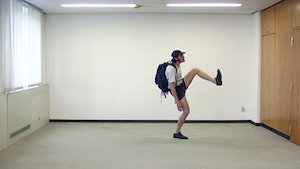
Frédéric Ehlers is an infinite number of authors who use the pen to explore the expanse of the sheet of paper and who cross the three-dimensional space with their rhythmical movements in an analogous manner. The selection of drawings is counteracted here by film stills from his Movement Research. “You are very interested in arts” […]
-
Nadar II: Journal pour rire 1848-51
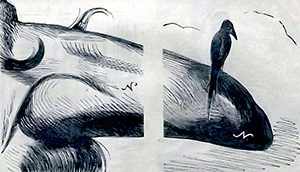
After Nadar had to cease his own magazine “Revue Comique” due to new censorship laws under the presidency of Louis Napoleon, he continued to work for Charles Philipon. In his quarterly pictorial review-series for Philipon´s newly founded “Journal pour rire” he also commented on the increasing police measures, which only shortly afterwards ended in a […]
-
Ausbrüche. William Hogarth und die Folgen II: Schildermalerei
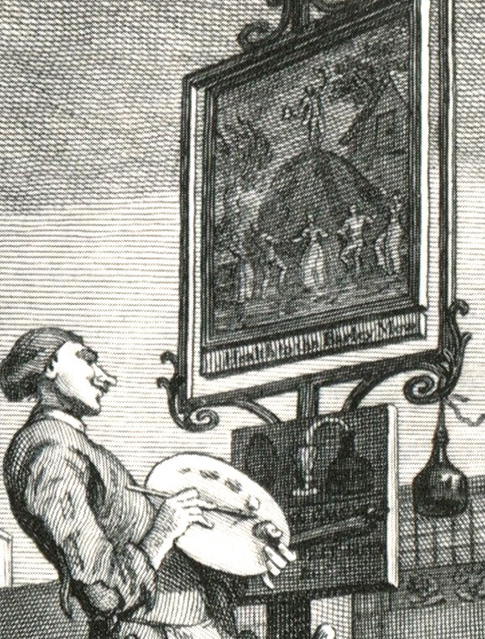
II. Schildermalerei Der hervorragendste Interpret dieser demokratischen Emblematik war der Herausgeber von Ainsworths Jack Sheppard–Roman, der ausgebildete Parlamentsstenograph und Gerichtsreporter Charles Dickens.[29] Dickens hatte eine ähnliche Sozialisation wie Hogarth erfahren, mit einem Vater, der als Schuldner inhaftiert war, dem entsprechenden sozialen Abstieg und der Notwendigkeit, früh zum Unterhalt der Familie beizutragen. Die große Schnittmenge zwischen […]
-
Félix Nadar III: Petit Journal Pour Rire 1856

The photographic studio that Nadar ran since 1855 did not prevent him from continuing his press-graphic work. The following year, he supported his friend Charles Philipon in the publication of a smaller offshoot of “Journal pour rire” as a co-editor and chief cartoonist.
-
Nadar I: Revue Comique 1848 -1849
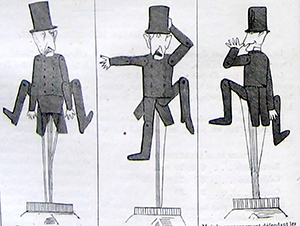
Before he became famous as a society photographer, a ballonist and a patron of the Impressionists, Gaspard-Félix Tournachon was known under his penname Nadar as one of the most inventive French cartoonists of the era. In the revolutionary year 1848 the republican activist started to work for the caricature journal “Le Charivari” of his friend […]
-
Ausbrüche: William Hogarth und die Folgen I: Das Porträt.

I. Das Porträt Fünfundsiebzig Jahre nach seinem Tod tauchte William Hogarth als Akteur in dem Dokumentarroman Jack Sheppard von William Harrison Ainsworth auf, der ab Januar 1839 als Fortsetzungsgeschichte in dem vom jungen Charles Dickens herausgegebenen Literaturmagazin Bentley´s Miscellany abgedruckt wurde. Auch in The Portrait , einer der Illustrationen des Romans, die von George Cruikshank […]
-
Deep Diving in the MePri (Internals)
High End Scan-Specialist Jürgen Seidel recently worked for weeks in the Institute´s collection to take pictures for a planned publication on the history of press graphics. Here are a few impressions:
-
George Montbard II: Master of the Multipanel

From the early Eighties on George Montbard became mainly known for his illustrated travelogues from the Greater Maghreb. But he was also a wanted editorial illustrator, who managed to translate the blurred photographs and rough sketches of his collagues into exciting and catchy graphics. He developed a very special mastery in the field of the […]
-
Mit dem Stein arbeiten III
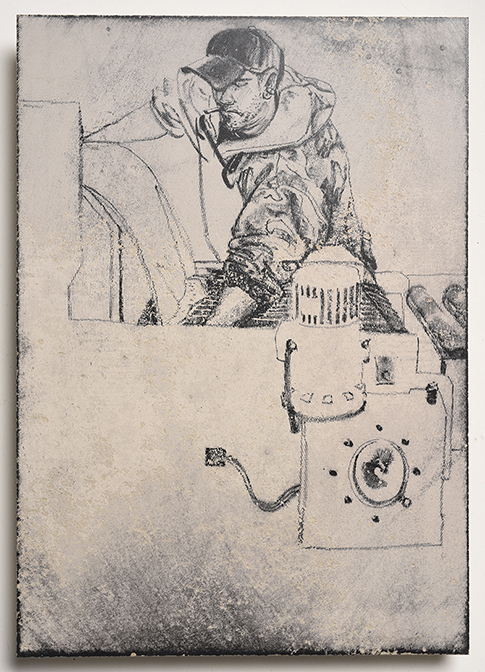
5 LITHOGRAFIE OHNE DRUCK 9. Mai – 6. Juni 2014 SSG, Solnhofen Firma Friedel, Solnhofen „Die sensa sind nicht nur eine mehr oder weniger genaue, mehr oder weniger angenehme oder kohärente Form, uns über die äußere Umgebung zu belehren, oder ein Mittel, um darin handeln, existieren, das heißt manch- mal auch herrschen zu können; sie […]
-
George Montbard I: A communard´s career in London

George Montbard (real name: Charles Auguste Loye) was one of the most brillant and versatile illustrators of the 19th century. The staunch republican started his career as a political caricaturist during the imperial rule of Napoleon III. He worked for “La Rue”, the legendary antiautorical magazin of his friend Jules Valles. The anarchist author assembled […]